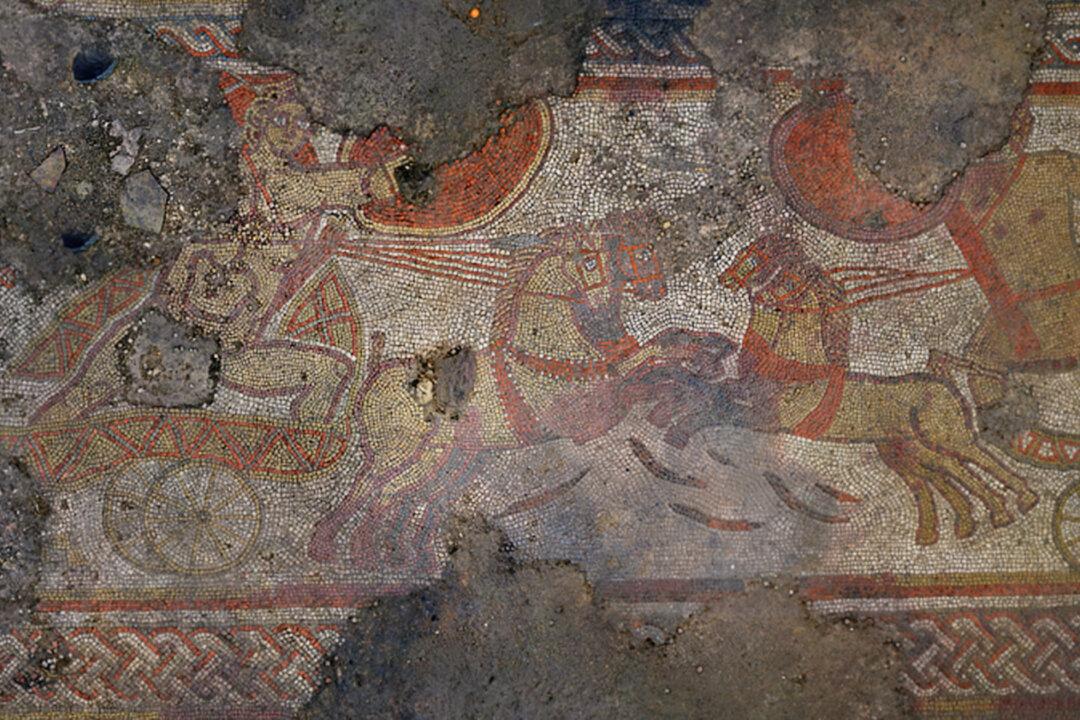On his father’s farm in Rutland, Jim Irving and his family were out walking when he spotted a few bits of ancient pottery scattered on the ground. Little did he know that further investigation into this would lead to the discovery of an extraordinary 1,700-year-old Roman mosaic, depicting Achilles and the Trojan War from The Iliad, and the remains of an ancient villa.
Upon finding these traces during lockdown in 2020, Irving accessed satellite imagery and discovered a cropmark, and after a preliminary search he contacted the Historic Environment team at Leicestershire County Council, who in turn reached out to the University of Leicester Archaeological Services (ULAS) to excavate the area.






